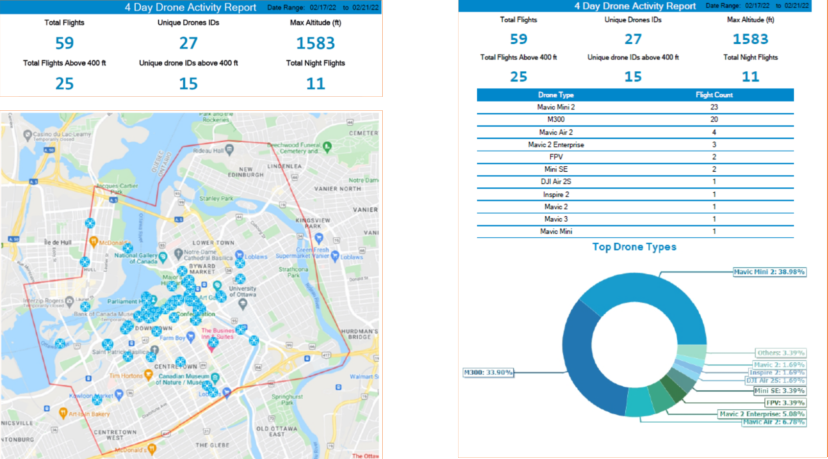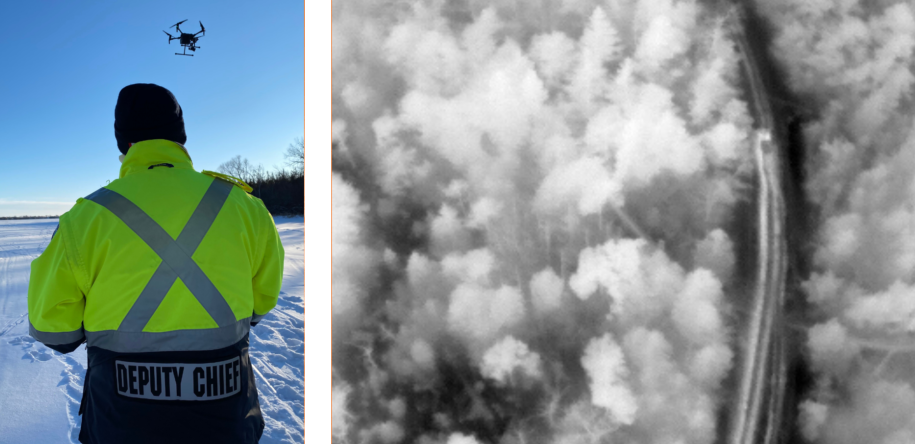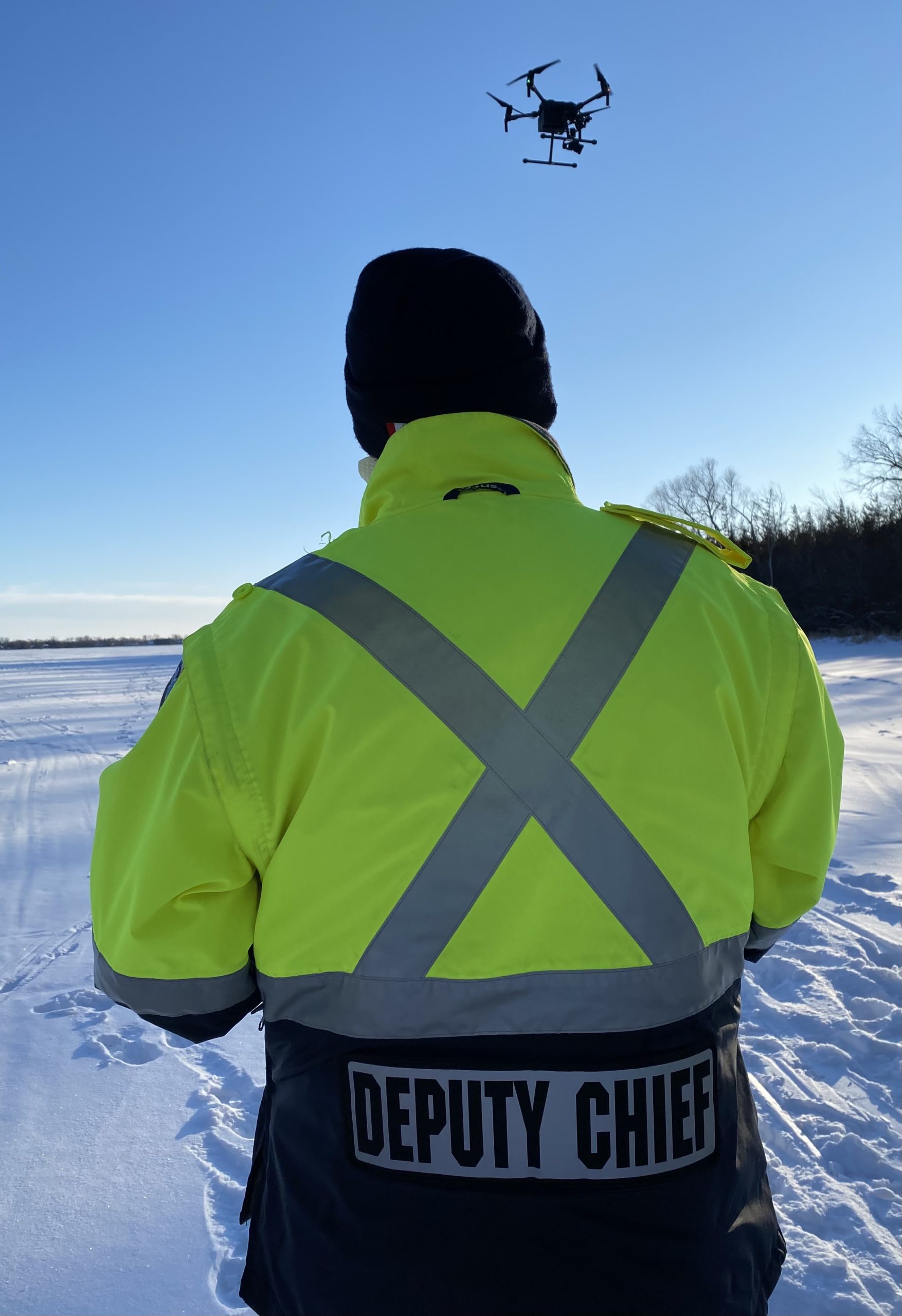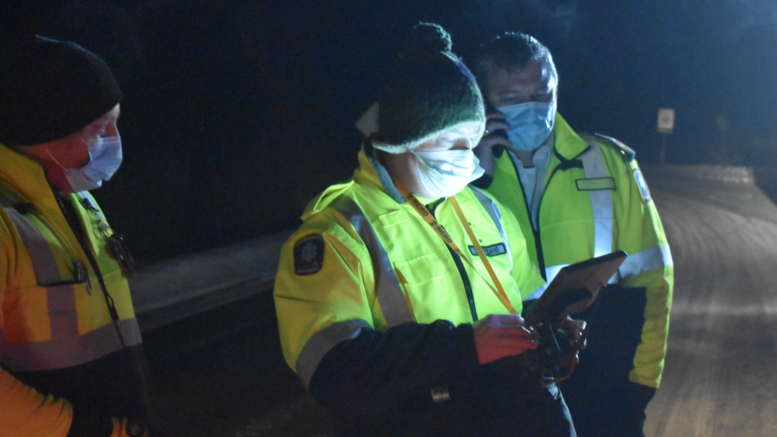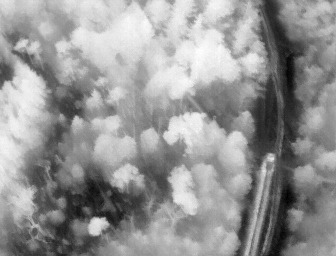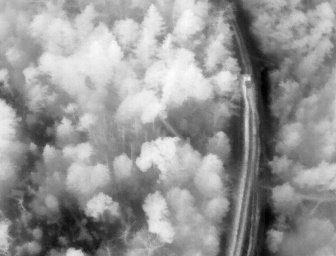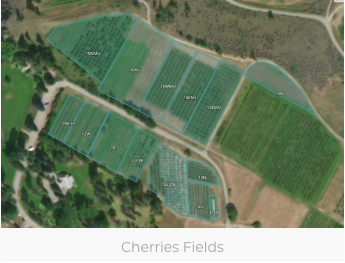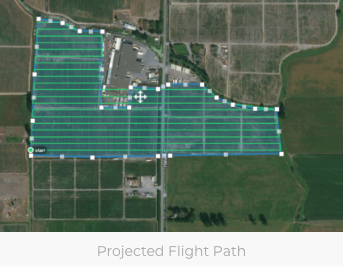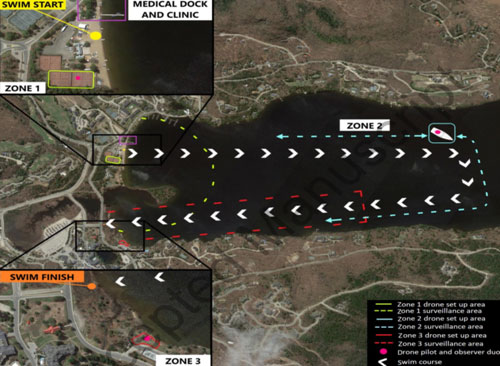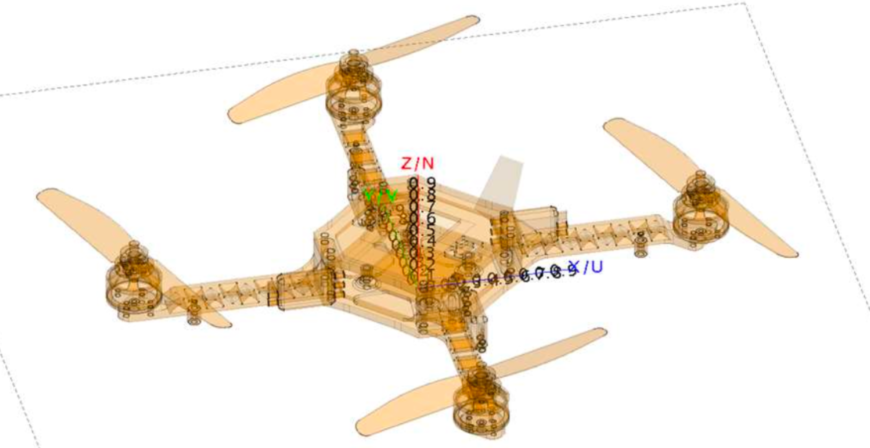
InDro Robotics releases “NERDs” White Paper
By Scott Simmie, InDro Robotics
We’re pleased to release a White Paper detailing an ambitious and successful project we’ve recently completed.
That project, perhaps appropriately enough, goes by the acronym NERDS – which stands for Network Enhanced Realtime Drone project. It began as a technology challenge issued by the Ontario Centre of Innovation, whose mandate is to “develop and deliver programs that accelerate the development, commercialization, and adoption of advanced technologies to drive job creation.” The project included technical support from Ericsson and access to the ENCQOR network, a test-bed 5G network with a corridor through Quebec and Ontario.
The goal of this challenge? To greatly enhance capability of Enterprise drones and enhance the safety of Beyond Visual Line of Sight flights. The challenge involved designing, building and testing a module that would allow an Enterprise drone to be flown over the 5G network while transmitting even highly dense data in realtime. Some of the more specific goals included:
- Drone Command & Control (C2) over 5G
- Transmission of telemetry back to the control station: altitude, speed, compass heading, high-precision GPS, battery level, ambient temperature, barometric pressure, etc.
- Transmit ultra low-latency, uncompressed 4K video stream via 5G
- Use a Software Defined Radio to transmit to nearby traditional aircraft that a drone operation in the area is underway
There were other bits and pieces as well, but that sums up the core of the project.
Under the lead of engineer Ahmad Tamimi, InDro got to work. There was a ton of testing, simulations – even mapping out the strength of 5G signals at various altitudes – before we pulled the hardware and software together into a module compatible with any Enterprise drone using a Pixhawk flight controller.
Here’s generation one of that module, which we call InDro Capsule. It’s that black, hexagonal device on top of the drone.
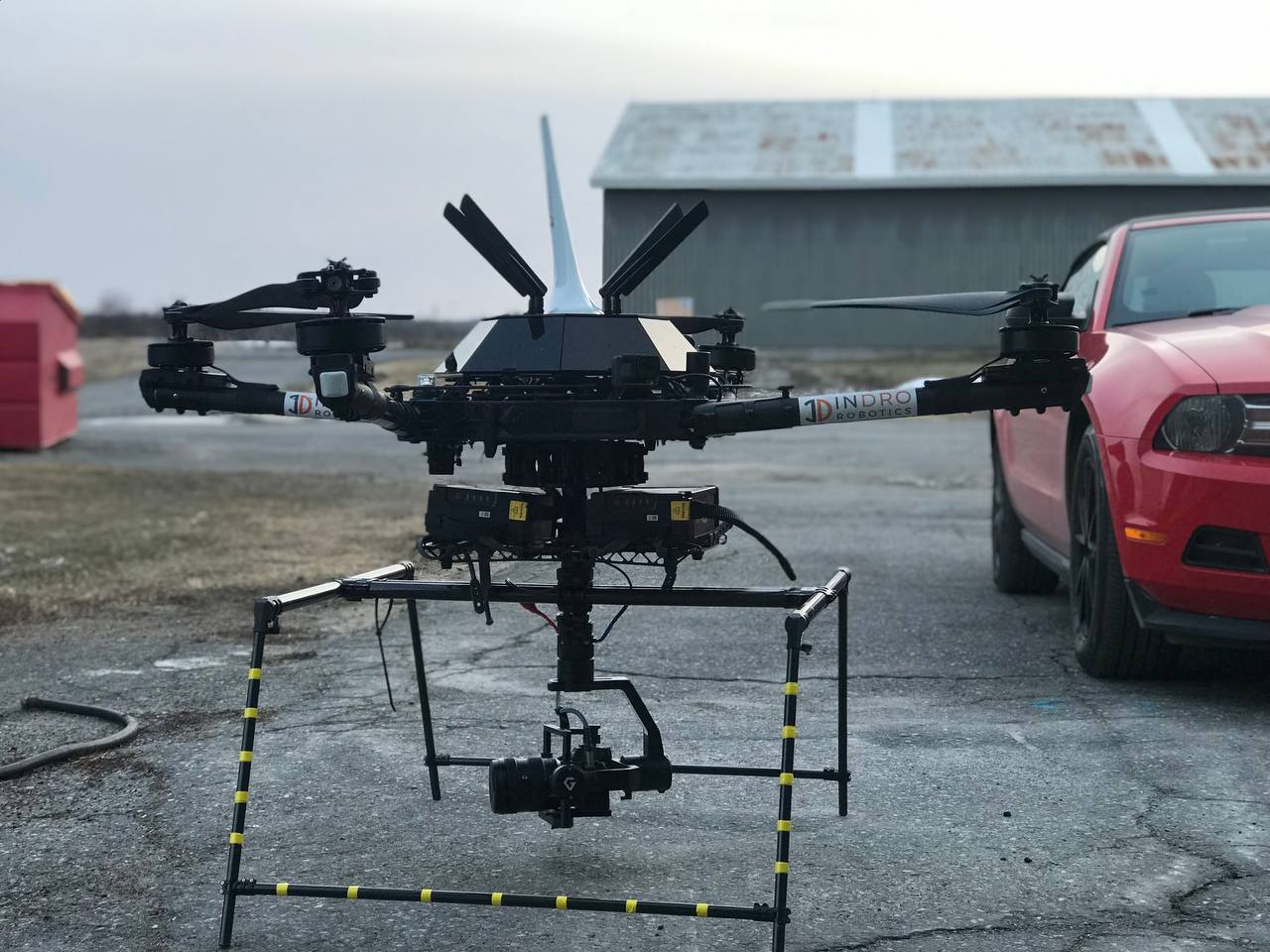
Plug & Play
We are currently working on a commercial version of InDro Capsule. It won’t be long before we turn this into a product that will enable other Enterprise drones to be flown over 4G and 5G networks. That product will include the Software Defined Radio for alerting private aircraft to drone operations.
There’s actually much more to the system, which integrates into our new software platform, InDro Pilot. One of the more unique features of the InDro Pilot ecosystem is that it will allow Enterprise drone operators to quickly integrate other sensors, simply using a drag and drop interface. You simply select the appropriate module for the desired sensor.
We’re not going to jump into details here, but if you’re like more info about this system you’ll find it here. We will, however, give you a glimpse of how this works by showing you the Winch module:
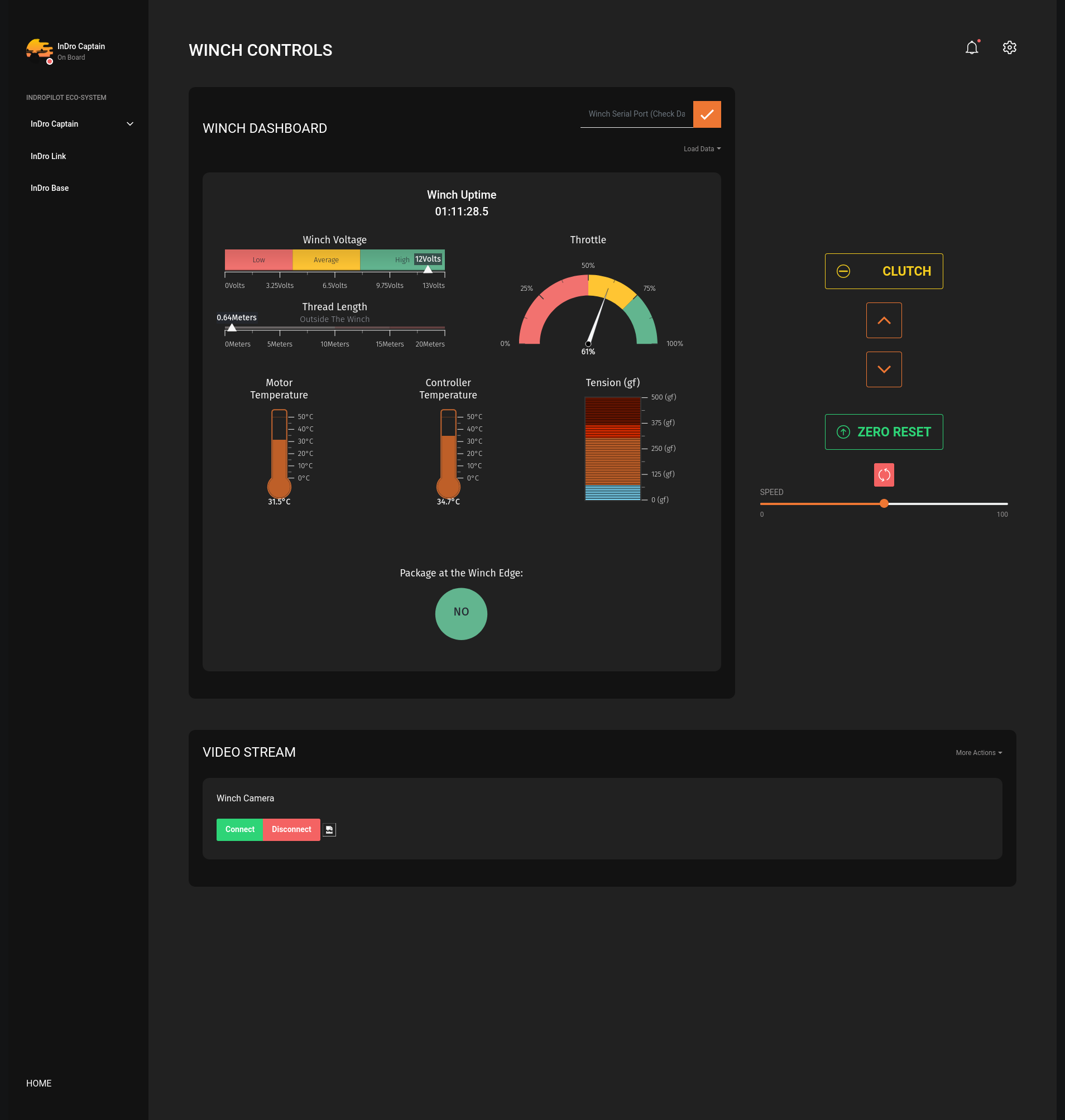
Context
Now that you’ve got some background, we’ll get to the White Paper.
Like all White Papers, this one methodically details the scope of the project, the steps that were taken to achieve those goals, as well as the results. If you’re into the fine details of how a challenge like this gets accomplished, you’ll find plenty to interest you. It’s also a testament to the hard work of InDro’s engineering team – and Ahmad Tamimi in particular. Ahmad spent the early months of the COVID outbreak working on this project solo (along with virtual meetings with Ericsson).
The image below gives you a sense of the granular detail contained in the document.
You can download a .pdf of the White Paper here.
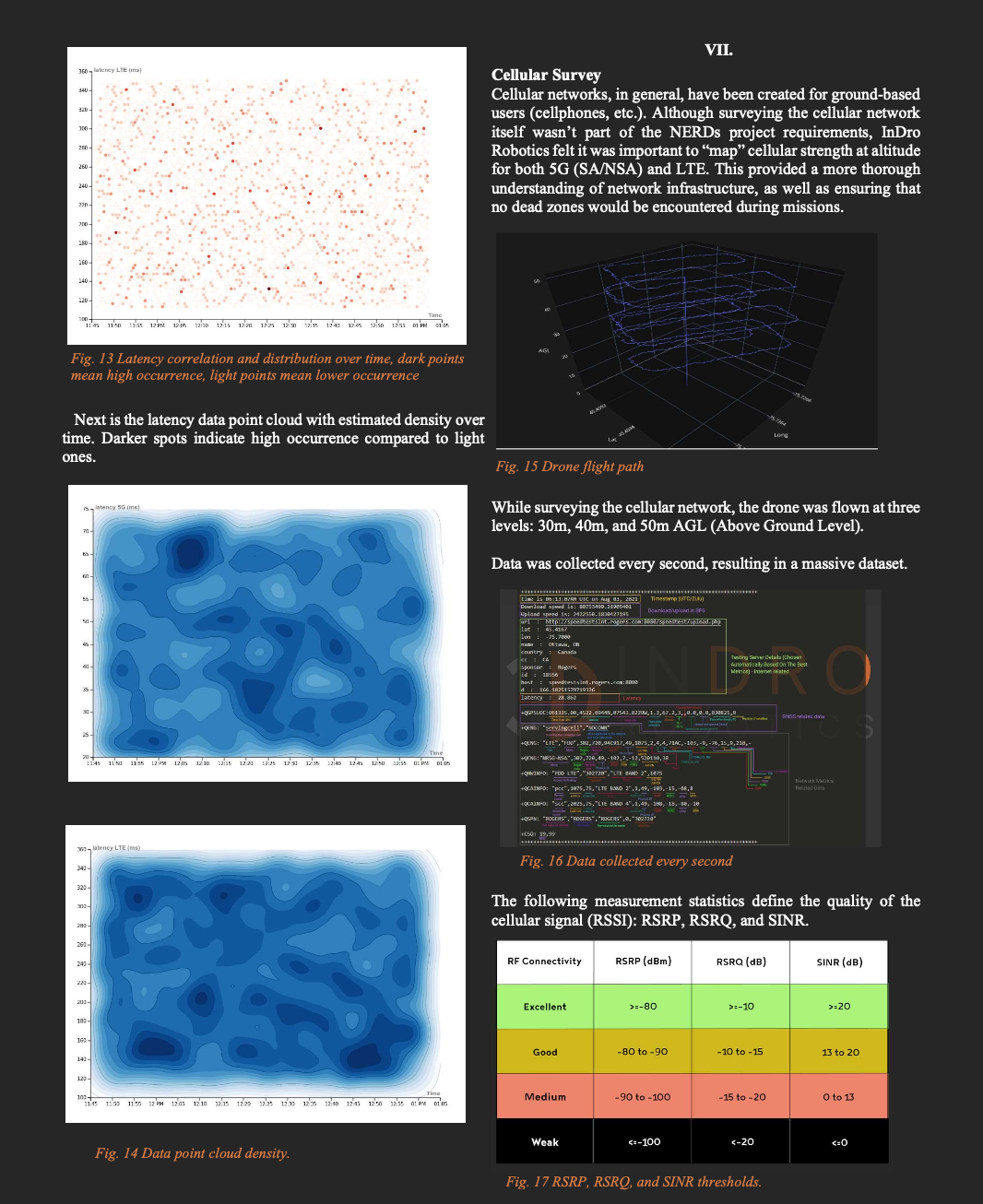
InDro’s Take
At InDro, we love a challenge. And the NERDs project presented us, along with partners Ericsson, a significant one.
We believe the resulting InDro Pilot system (which includes the InDro Capsule module) will enable safer BVLOS flight. The 4K streaming and ultra low-latency enhance situational awareness for the pilot, and the Software Defined Radio will alert neaby aircraft to drone operations in the area. In addition, even dense data can be uploaded directly to the cloud during missions. Just as the InDro Commander offers a plug-and-play solution for customizing ground robots, InDro Pilot will do the same for Enterprise drones on the Pixhawk platform.
We are currently making InDro Capsule lighter and more compact, and look forward to commercializing the entire package in the near future.

